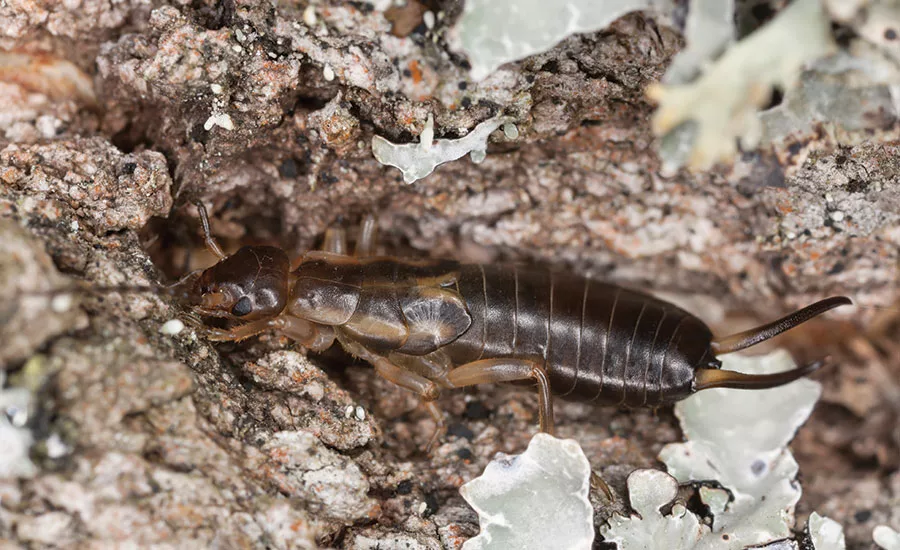Back to Pitless Adapters

Early well caps kept out rain, snow, bird droppings and other things you didn’t want in a well, but didn’t guard against insects like earwigs.
In my last column, I took a short detour from the subject of pitless adapters and wrote about changing a pump the old fashioned way. I hope this brought back memories to some of you older drillers but, while the old method is somewhat nostalgic, I don’t think many of us would want to do it on an everyday basis. I do understand that some drillers in my state install pumps on coil plastic in 2016 and they are generally installed by hand power. There are powered reels, as you probably know, that work on pump hoists, but I don’t know anyone in my area that has one of these. Drop pipe for pumps is a whole other subject, which I may write about in the future.
In my recent article about clamp-on pitlesses I described to some extent three of the four major parts to make one of these. The fourth and very important part is the well cap.
These caps were of varying designs, but the early ones were just an aluminum or cast iron “cup.” These had an extension into which the protective conduit for the pump feed wire was inserted and otherwise looked like a large soup bowl, or perhaps a coffee cup. They were held to the casing with set screws. In some aluminum caps, the body material would seize against the steel set screws making removal difficult — usually a few quick raps with a hammer and the cap came off the well casing.
Other designs were more like the caps on factory-built pitless units, usually held fast to the casing with a large O ring — I personally like this design better than the tipped over cup. The cup type was simplicity in itself and it kept out rain, snow, bird droppings and pebbles dropped by smart little boys. It did not, however, keep everything out, especially bugs.
It seems every few years here in Michigan we get an outbreak of a bug called an earwig. These pesky little critters will crawl through the space between the cup-type well cap and the casing, crawl inside the casing and die. They will fall through the water column, enter the submersible pump and be pumped into the supply system — sometimes almost intact. I know it sounds unbelievable, but I have had customers call me to complain of bugs in the water. I didn’t believe it until I saw it and, in one case, most of an earwig came out the kitchen sink faucet. My customer, a woman, was not at all happy. To really clean a well of these earwigs, one had to remove the pump and flush the well clean either by a lot of bailing or, better yet, with an air lift. Some of the infestations of these darn bugs could be really heavy and, of course, a new batch of them could go back into the well casing after everything was cleaned up.
When this came to the attention of our health authorities, they rather quickly banned the upside-down cup as a permitted pitless cap. They now require a bug-proof type, sometimes called a water tight, that seals around the casing tightly and is secured with an O ring or some other positive sealing method. On these caps, a threaded tapping for the electrical conduit is included and also a screened vent hole so the well can breathe.
Another localized problem we had with pitless caps is that some local electrical inspectors ruled that the cap or space within the casing was not a recognized electrical junction box. In some jurisdictions we must install a weather-tight outlet box, sometimes called a Bell box, just below the pitless cap and make our connections between the supply line from the house and submersible cable from the well in that box. A blank-gasketed cover keeps everything inside dry and snug.
Clamp-on pitlesses are very popular and used on just about every smaller well drilled in Michigan these days. They are available in cast iron, brass or bronze, stainless steel and even some non-metallic materials. They are an important and integral part of a water well system and a great idea.
This column is being written in mid-February and, although we have had some bitter cold nights, the ground here in southern Michigan is basically bare with perhaps no more than 1 inch of snow in the few spots that are covered. It has been a mild winter here and nobody is crying over that.
For more John Schmitt columns, visit www.thedriller.com/schmitt.
Looking for a reprint of this article?
From high-res PDFs to custom plaques, order your copy today!

